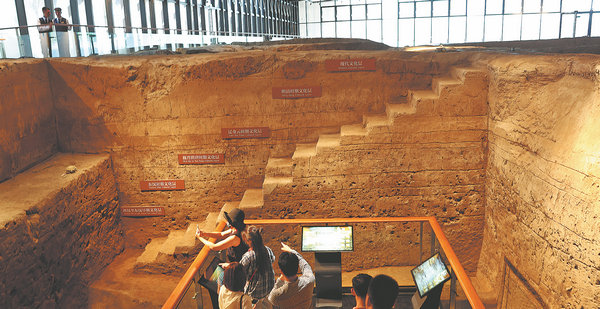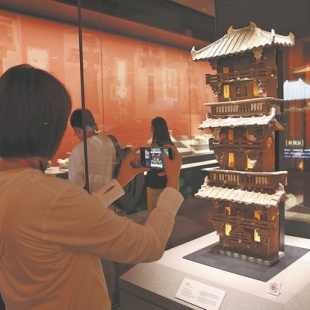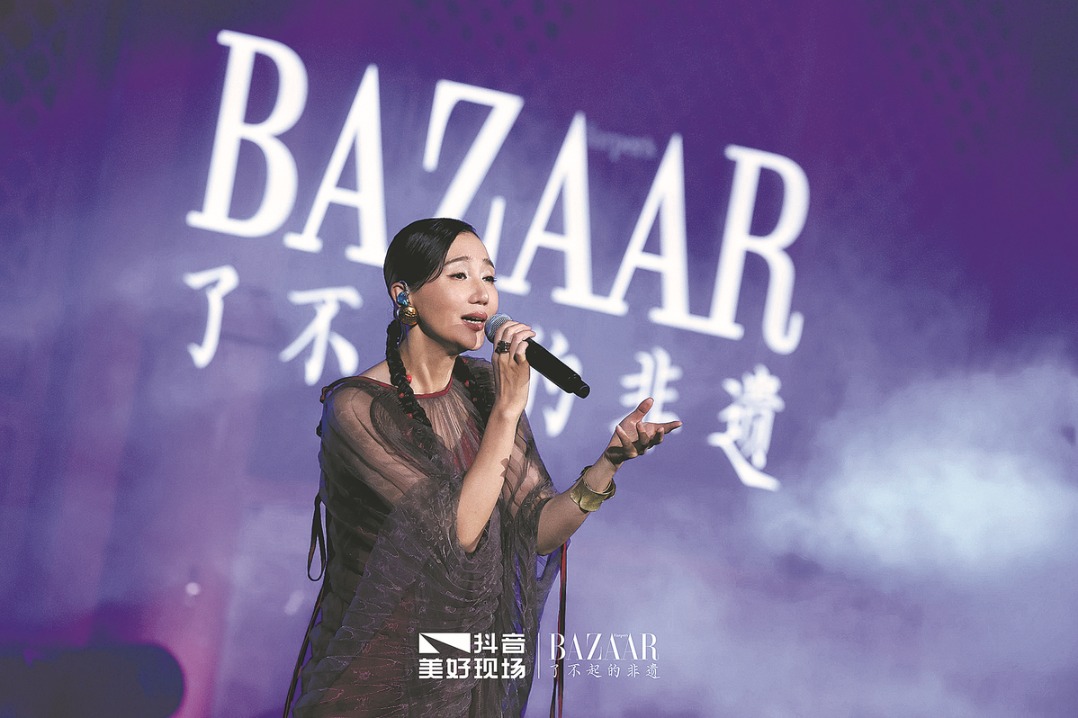Routines of antiquity in focus
Museum in Beijing offers a tantalizing glimpse into the past, Cheng Yuezhu reports.


"We conducted panoramic scans of the murals and relocated the tombs in their entirety to the exhibition hall, to give the public a better picture of ancient daily life and historical social environment in the Jin Dynasty," says Liu Naitao, deputy head of Beijing Archaeological Site Museum.
"The display of the two tombs also reflects the current state of cultural heritage protection in Beijing. Instead of simply exhibiting artifacts, we are innovating by displaying the environments in which they were found."
The heritage site museum at the ancient government seat of Luxian county is located in Beijing's Tongzhou district. On June 14, coinciding with China's Cultural and Natural Heritage Day, the complex integrating the museum and a heritage site park opened to the public, marking the first of its kind in combining in-situ and ex-situ conservation.
In the early days of Western Han Dynasty (206 BC-AD 24), the Beijing area, then called Yanji, became a regional hub. To the east of Yanji, the empire established the Luxian county as a critical node connecting the North China Plain with the northern borders.





































